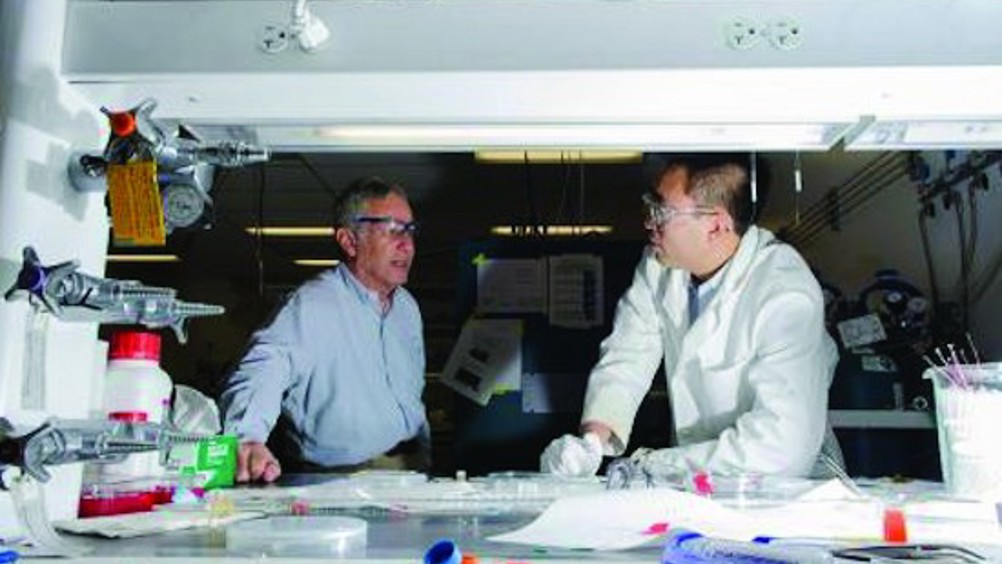Scientists take step towards artificial leaves
Researchers in the US have taken their inspiration from nature to develop a special coating that they claim could pave the way for devices able to harness sunlight to split hydrogen fuel from water.

Developed by a team at Caltech’s Joint Center for Artificial Photosynthesis, the conductive nickel oxide film could, it is claimed, be applied to semiconducting materials to form so-called “artificial leaves” that replicate the natural process of photosynthesis used by plants.
The device - which is the subject of a study in the Proceedings of the National Academy of Sciences - consists of three main components: two electrodes (a photoanode and a photocathode) and a membrane.
The photoanode uses sunlight to oxidise water molecules to generate oxygen gas, protons, and electrons, while the photocathode recombines the protons and electrons to form hydrogen gas. The membrane, which is typically made of plastic, keeps the two gases separate in order to eliminate any possibility of an explosion, and lets the gas be collected under pressure to safely push it into a pipeline.
According to Prof Nate Lewis, who has been heading up the research, the team experimented with a number of different light-absorbing semiconductor materials such as silicon or gallium arsenide (which are already used in solar panels) but found that they developed an oxide layer when exposed to water.
Register now to continue reading
Thanks for visiting The Engineer. You’ve now reached your monthly limit of news stories. Register for free to unlock unlimited access to all of our news coverage, as well as premium content including opinion, in-depth features and special reports.
Benefits of registering
-
In-depth insights and coverage of key emerging trends
-
Unrestricted access to special reports throughout the year
-
Daily technology news delivered straight to your inbox











Water Sector Talent Exodus Could Cripple The Sector
Maybe if things are essential for the running of a country and we want to pay a fair price we should be running these utilities on a not for profit...